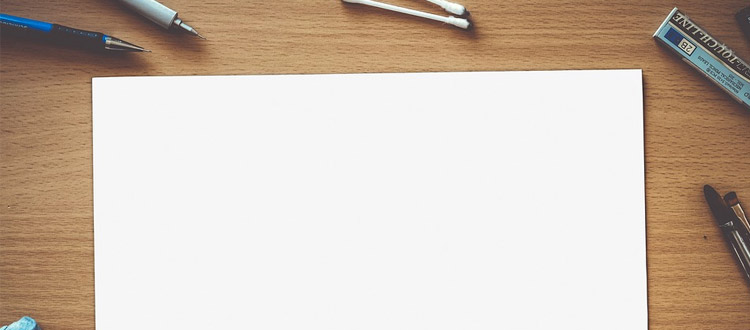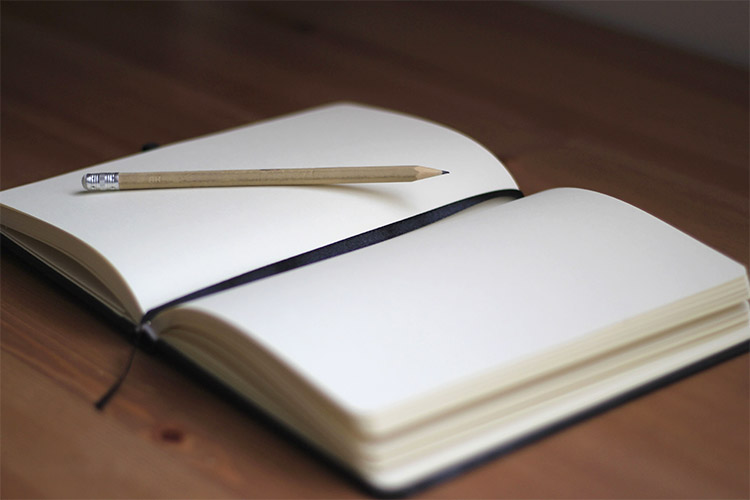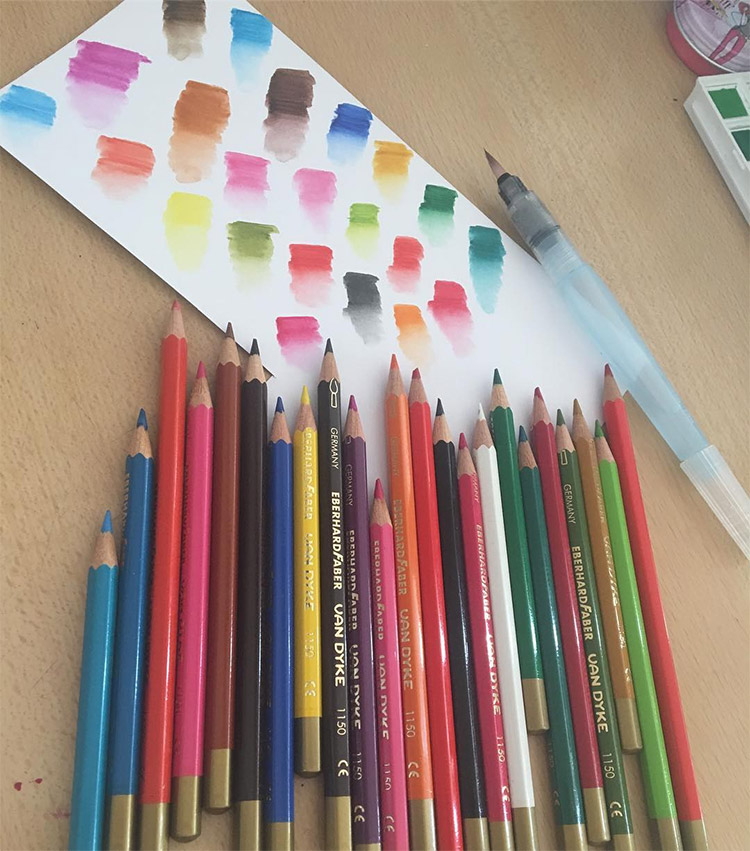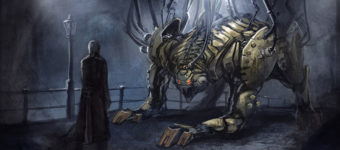
Artist Block Tips For Overcoming Fear Of The Blank Page
So what exactly is fear of the blank page?
Why is this phobia deeply rooted in so many artists? What causes this peculiar phenomenon?
Fear of the blank page is similar to the feeling in your stomach before you get on a rollercoaster.
You’re attempting to face this terrifying challenge, but you just can’t bring yourself to do it.
Douglas Eby’s article deals with the literary side of this “fear of blank pages” rather than the artistic side of it. He explains through his chosen authors that the panic we experience from a blank page can be caused by several things.
One explanation is the tension and adrenaline associated with the start of a new piece of art.
If you’re already telling yourself there is no way you can draw the object or person you want to, then you’ve already cut yourself off from the page.
Another interpretation of the source of this distress could be the way in which you meet the page. Not literally of course, but rather the environment you are in when you are drawing. If it is noisy or too still then you may find it hard to concentrate on what you’re doing.
How exactly do we face this fear? Here are some tips to get you started.
Change Your Environment
I said this before but the area you are in when you start a drawing can affect the feelings and thoughts you have.
Try cleaning, rearranging, or leaving your usual workspace behind for something more suitable to creativity.
If you choose to stay in the same space maybe light a few candles or get some incense going. Anxiety is often paired with starting a new project so this piece offers a few scents that help reduce the feeling of being overwhelmed.
You can also listen to different music to help create a calm workspace and stay concentrated.
I recommend music without lyrics that has a steady pulse throughout.
You can find a lot of study/work playlists including nature sounds on YouTube. This can be extremely helpful if you need to block out intrusive noises.
You can also rearrange your workspace whether that be your bedroom, office, or even dining room table. Neaten things up a bit and change the lighting. Or maybe change the type of decorations around you.
Untidy atmospheres may cause you to panic more just from the atmosphere alone. Do whatever you can to change that.
Jump Into It
The easiest way to overcome this fear is to jump straight into it.
I know what you’re thinking, “What? This is exactly what I’m having trouble doing?”
Instead of overthinking what you put on the page just try doodling around the edges of the paper. It’s like a word vomit exercise, but instead you throw all your artistic ideas onto the paper without thinking.

Audra Auclair’s video describes a technique she uses to fill a blank page in her sketchbook.
She has her friends and family draw a random shape, then she makes a character(specifically a face) out of it.
If you have trouble taking that first step make someone else do the hard part for you.
Mark Molnar went a little more in depth in his article but focused more on digital aspects. The same theory can be applied to 2D design as well.
Get Back to Basics
Instead of filling a page with brand new ideas you can try using reference pictures to get visuals & poses to study.
There are plenty of photos like this all over webapps like Pinterest and Tumblr. Or you can make your own using the free Magic Poser.

I find it’s much easier to build on a firm foundation rather that create a structure from scratch.
This also goes for buildings and larger objects where you just can’t seem to get the dimensions right.
Be Resourceful
Whether it’s a landscape, a person, or an object, take advantage of your surroundings. Use them as references in your artwork and if possible move them around.
Draw the stuff around you several times to get the hang of it.
This article from Artists and Illustrators goes a little more in depth about this idea, specifically if you’re traveling.
It’s easier to get started on a drawing if you have a readily available reference to look at.
Of course, people do move so maybe try taking a picture to capture the people/animals in the scene.
Grab anything you can find and jump right into doodling.

Napkins and coffee cups from cafes are the best for pens if you don’t have any paper with you & they are not considered destruction of property.
If you’re willing to take on bigger projects maybe attempt a mural piece of just random drawings and sketches.
I recommend starting on a chalkboard instead of applying a medium directly to a wall. My local cafe uses this method, changing the main image every week and surrounding it with doodles from customers.
Keep A Routine
Carry a sketchbook with you at all times. Try to sketch in it at least once a day.
Knowing that you have the dreaded blank page nearby will actually help you face it.
If you know you have a short break between lectures or a small shift at work use that time to fill up a page in your sketchbook.
This allows you to focus on something besides the task at hand and get something down on the page.
Try doing 1-2 minute drawings while you’re drinking your morning coffee or tea. Maybe get up a little earlier and use the extra time to lay down a few quick sketches.
It’s all about working it in wherever you can.
If you are constantly avoiding it you won’t be able to work through your artist block and it will just get worse.
Challenge Yourself
There are plenty of online art challenges that trend on social media like Instagram and Twitter.
So why not use those challenges to help get the creative juices flowing?
My personal favorite is Inktober which, as you can imagine, is an inking challenge for the month of October.
It has all kinds of wicked themes for each day leading up to Halloween.

Some are just prompts and others have specific instructions to follow. Some even offer money as a reward for having the most popular piece. Incentive is a hug part of overcoming artist’s block.
There’s also an art prompt generator that’s easy to use. Just go to the website, pick a topic, and get started.
They have both prompts and groups for different challenges to pick from.
Getting over artist’s block is just about pushing throw when you’re nervous, or recharging when you’re tired. Hopefully these tips can get you moving and even excited to mark up some paper.











